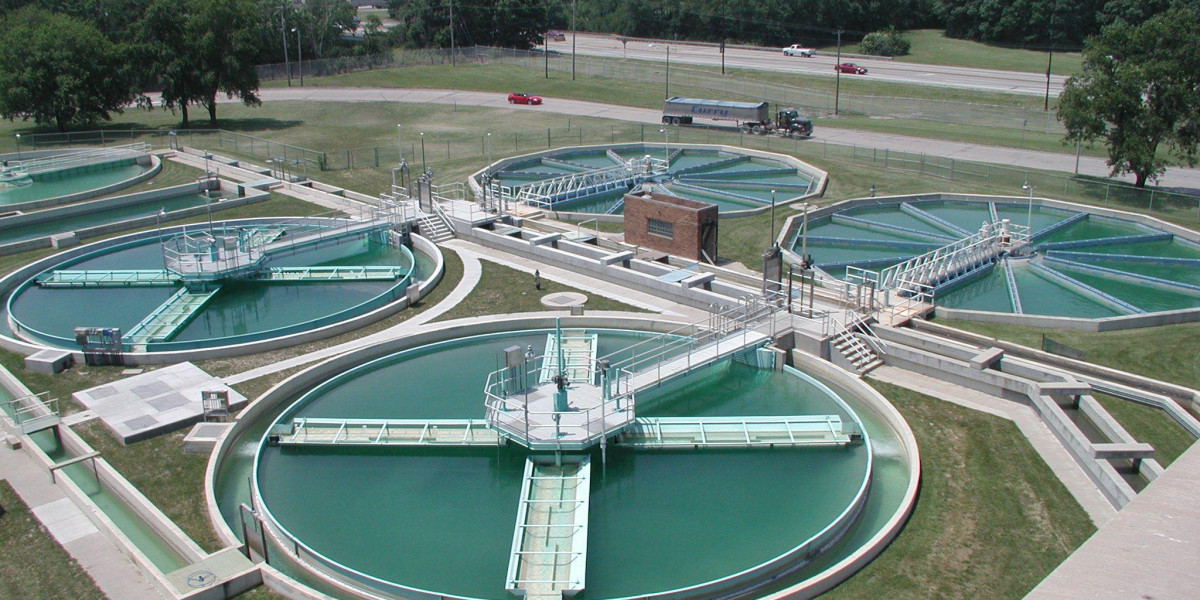The water treatment chemicals market has witnessed a significant transformation in recent years, driven by the evolving demands of sustainability, environmental protection, and technological advancements. A growing focus on green chemistry and the circular economy is reshaping the future of water treatment solutions. This shift not only addresses the pressing need for efficient water purification systems but also ensures that these processes are eco-friendly, sustainable, and cost-effective.
The Importance of Water Treatment Chemicals
Water treatment chemicals play a crucial role in improving water quality, making it safe for consumption, industrial use, and environmental discharge. These chemicals are primarily used in various processes such as coagulation, flocculation, disinfection, corrosion control, and scale prevention. However, as the world grapples with water scarcity, pollution, and environmental degradation, traditional methods of water treatment have come under scrutiny due to their high energy consumption, chemical waste, and environmental impact.
Green Chemistry in Water Treatment
Green chemistry, which focuses on designing chemical processes that minimize the use of hazardous substances and reduce environmental impact, has begun to make a significant impact in the water treatment industry. This approach emphasizes the development of safer, more sustainable chemicals and technologies that can improve water quality without compromising environmental health.
Several innovative green chemistry techniques have emerged in the water treatment sector, such as:
Biodegradable Chemicals: Traditional water treatment chemicals often contain compounds that can persist in the environment, causing long-term pollution. The adoption of biodegradable chemicals ensures that the byproducts of water treatment processes break down naturally, reducing environmental harm.
Natural Coagulants and Flocculants: Conventional coagulants like aluminum sulfate and polyaluminum chloride can have harmful effects on aquatic ecosystems. The use of natural coagulants such as plant-based polymers, chitosan, and starch derivatives is gaining popularity as these alternatives are biodegradable and non-toxic.
Electrochemical and Photocatalytic Technologies: Green chemistry also encourages the use of electrochemical and photocatalytic methods for water purification. These technologies rely on energy-efficient processes, often using renewable energy sources, and reduce the need for hazardous chemicals.
By adopting green chemistry principles, the water treatment chemicals market is evolving to offer more sustainable, eco-friendly solutions that minimize harmful environmental impacts.
Circular Economy in Water Treatment
In addition to green chemistry, the principles of the circular economy are reshaping how water treatment chemicals are produced, used, and disposed of. The circular economy model aims to reduce waste and make the most of available resources by promoting recycling, reuse, and recovery.
In the context of water treatment, the circular economy encourages the following:
Water Reuse and Recycling: The growing demand for water reuse is driving innovations in water treatment technologies. With effective chemical treatment, wastewater can be purified and returned to the system, reducing the strain on freshwater resources. This closed-loop process helps conserve water and reduce the volume of chemical contaminants discharged into the environment.
Recovery of Valuable Resources: The circular economy also promotes the recovery of valuable resources from wastewater. Chemicals like phosphorous and nitrogen, which are typically wasted during water treatment, can now be recovered and repurposed as fertilizers. This reduces the need for synthetic fertilizers and helps close the nutrient loop, benefiting both the environment and agricultural industries.
Sustainable Manufacturing Practices: Manufacturers of water treatment chemicals are adopting sustainable practices, such as reducing energy consumption, minimizing waste, and using renewable resources. By adopting circular economy principles in their operations, companies are not only improving the environmental footprint of their products but also meeting the growing demand for greener solutions.
Market Trends and Future Outlook
The global water treatment chemicals market is expected to continue evolving in line with these sustainable practices. Increasing environmental regulations, rising public awareness about water scarcity, and growing demand for industrial water treatment are all driving the market toward greener, more sustainable solutions.
The integration of green chemistry and circular economy principles into water treatment chemicals is set to revolutionize the industry, leading to the development of more efficient, cost-effective, and eco-friendly solutions. As companies invest in research and development, we can expect continued innovation in chemical formulations, water treatment processes, and resource recovery techniques.
Conclusion
The water treatment chemicals market is undergoing a significant transformation driven by the principles of green chemistry and the circular economy. These innovations are helping to address global water challenges by making water treatment processes more sustainable, efficient, and environmentally friendly. As the demand for cleaner, safer water continues to grow, the market for water treatment chemicals will continue to evolve, ensuring that water resources are managed responsibly for future generations.
Learn more : https://www.pristinemarketinsights.com/water-treatment-chemicals-market-report









